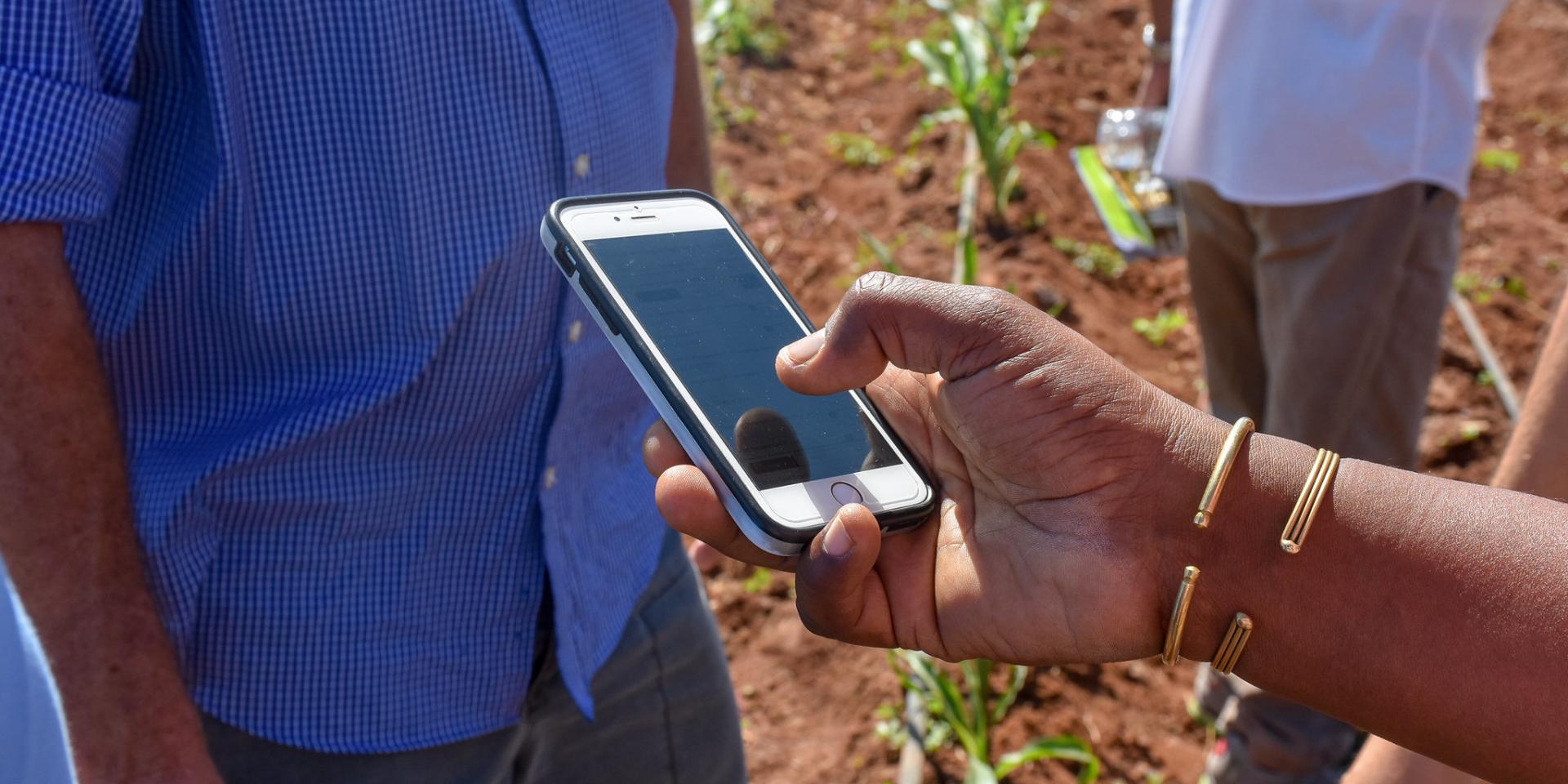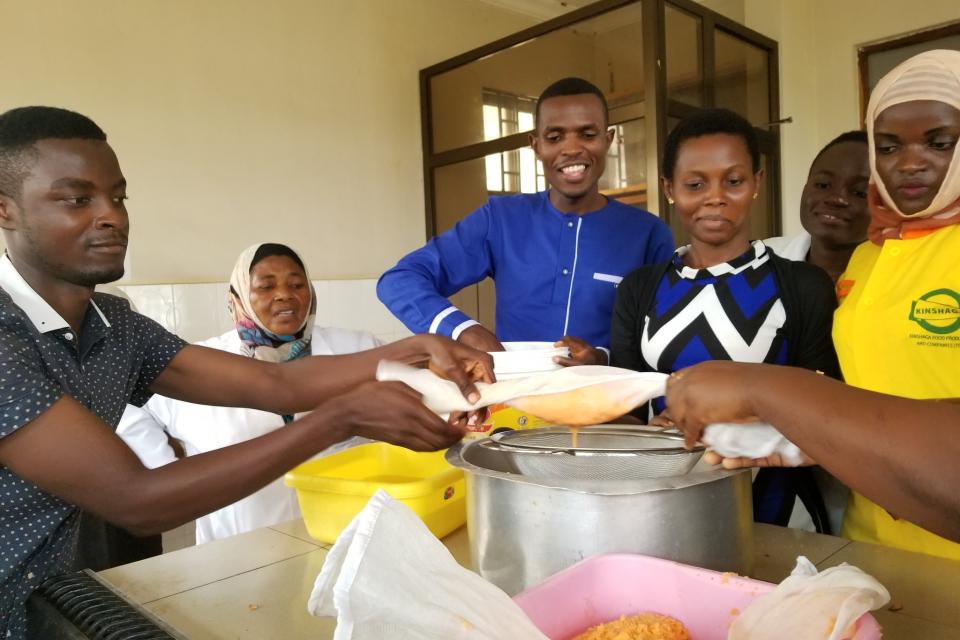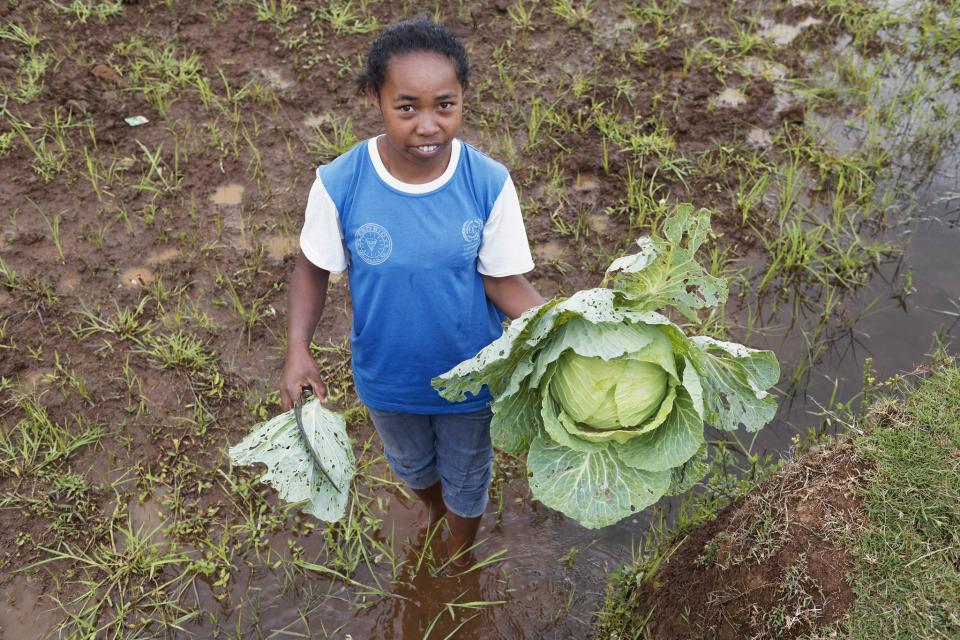Digital innovations: a silver bullet for youth-inclusive agriculture?

Large numbers of young people migrate out of rural areas and from agriculture-related livelihoods. Digital innovations have the potential to support young people in finding rewarding livelihoods in agriculture. However, rather than simplistically assuming digital innovations to be a silver bullet for bringing youth back to agriculture, we call for a careful consideration of the structural inequalities and uneven power relations amongst diverse groups of young people positioned as potential food system actors.
Agriculture and food systems in the global South continue to be the largest employer of young people. However, although youth unemployment and underemployment remains high in many parts of the world, livelihoods in agriculture and rural areas do not feature heavily in the aspirations of many young people.
Digital innovations can offer powerful opportunities
Digital innovations—which are already rapidly reshaping agricultural practices, interventions and outcomes—are also seen as a critical solution for bringing youth back to agriculture. Examples include drones, service apps (e.g., for weather), technical apps (e.g. detecting pest caused crop damage), and apps targeted to value and consumer chains.
Digital innovations can and do provide diverse opportunities for youth. Digital technologies and innovations have significant potential to tackle many of the challenges associated with how young people engage with agricultural systems. For instance, the ease of sharing knowledge using digital innovations can:
- expand knowledge democracy
- enable young farmers to access important knowledge and information
- circumvent exclusions in traditional modes of knowledge transfer, such as connecting with extension services, or the financial and physical costs of attending higher education and training institutions
The participation of young people in digital media also allows them to disrupt generational imbalances that have historically legitimized who creates and provides knowledge.
However, innovation cannot discard the complexity of rural poverty and marginalization
Access to digital devices, network connectivity, technology affordability and uptake are not uniform, so cannot be generalized as readily available for all youth, everywhere.
We question simplistic narratives that digital innovations will enable all young people opportunities to construct livelihoods in agriculture.
Livelihoods in agriculture need other assets, resources and rights, and smallholders in many different contexts—as farmers, fishers, pastoralists, forests hunters and gatherers—are often populations associated with poverty, precarity and social and political marginalization.
In a recent report, youth across different cultures indicate that they lack access to the most fundamental of all assets—ownership of land or ability to rent land. Many young people experience the inequitable ownership of rights to land, water and other productive resources; and exclusions in accessing markets and financing. These challenges are compounded by youth being generally excluded from planning and policy processes relating to the future of agrarian systems. These exclusions also speak of generational disparities, poverty and marginalization. In other words, youth are not a homogenous group.
Agricultural livelihoods compete with promises of modernization and migration
Our research in Myanmar (in 2019, by the International Water Management Institute and WorldFish) with diverse groups of youth also provided evidence that life and livelihood aspirations are shaped by diverse factors, and not uniformly achieved.
Until very recently, socioeconomic developments in Myanmar promised new possibilities of a rapidly changing world.
In our discussions in 2019 with young women and men, we learned that multiple social cues were influencing a shift from the rural to urban locations. Migration was seen as synonymous with modernization—offering opportunities to dress differently, and take up different types of employment in big, tall, clean, modern buildings.
Keeping youth in rural food system production systems competes with these types of possibilities and promises. Our findings showed that success and achievement—particularly for youth from a landless fisher community—were seen as inherently connected with breaking free from the old, to an entirely new modern world.
However, these aspirations were also influenced by each youth’s social identity, geography and vulnerabilities by gender and class. Despite a common trend in aspirations to permanently leave behind fisher and rural livelihoods for ‘urban’ and ‘modern’ alternatives, the livelihood realities for those youth were shaped by intergenerational poverty and marginalization, and gender.
In other words, not everyone can make it out from the old to the new world.
Attempts to ‘keep youth in agriculture’ or ‘agriculture by youth’ require a long and hard look at what else is on offer in a fast digitizing world, as well as the social, political, economic, cultural foundations of inequality that shape livelihood opportunities and possibilities of change for diverse groups of youth.
Can digital innovations tackle systemic barriers and avoid remaking inequalities?
History shows us that while technology and innovation reshape society—and often fundamentally and quickly—these changes often also reiterate persisting inequalities. The Green Revolution is a historic example of how subsidies for mechanization, crops and scale, as well as geographical biases in research and extension excluded marginalized smallholders, and particularly women.
At a global level, resources and profits from agriculture and food systems, from input provisioning to food distribution, are increasingly integrated and concentrated in the hands of fewer and fewer corporate actors. There is concern that digital technologies will further accelerate this trend by enabling new forms of control, value extraction and dispossessions from agriculture and food systems.
Will young people—especially those coping with systemic and structural inequalities, and unevenly positioned in social power relationships—be able to easily achieve productive and rewarding livelihoods in agriculture informed by digital innovations?
We note the concerns that emerging Fourth Industrial Revolution (4IR) innovations—such as innovative financial technologies (fintech) and the use of blockchain technology for commodity chain traceability—which increasingly shape food systems, are poorly designed to improve the visibility, voice and engagement of the most marginalized. And yet, there is a tendency to view innovation in fairly essentialist ways, imagining digital technologies as a quick fix that will fuel inclusive solutions for all.
Digital technologies can help if facilitating social equity remains a core focus
When designed differently, with a core focus on inclusion, digital innovations can have great potential to be collaborative and inclusive. One such example is the creation of public innovation spaces, such as those in Fab Lab network.
Fabrication laboratories, or Fab labs, are a global network of digital workshops that aim to promote inclusive innovation. They act as community resources, providing tools and machinery (and often training) for individuals and groups to experiment with and pursue technical innovation projects, and to share knowledge and techniques among the network.
As Fab labs highlight, where technological and social innovations are bundled, there is significant potential for democratizing what technologies are developed, by whom, and for whose benefit.
Digital transformations in agriculture by themselves cannot be expected or relied upon to create productive and rewarding livelihoods for all young people. We need to reflect on previous experiences when rapid transformations in agriculture—catalyzed by technology—heightened imbalances in value extraction, vulnerabilities and dispossessions.
Digital innovation has the potential to contribute to a more inclusive transformation of agriculture, and young people can no doubt be active and important actors in driving these transitions—but only when we pay careful attention to ensuring that these innovations are imagined and enacted in equitable and democratic spaces and processes.
--
This blog post builds on research and insights from the CGIAR Research Initiative on Digital Innovation, the CGIAR Research Program on Water, Land and Ecosystems (WLE), the International Water Management Institute and WorldFish, all of which are supported by CGIAR Trust Fund Contributors.


